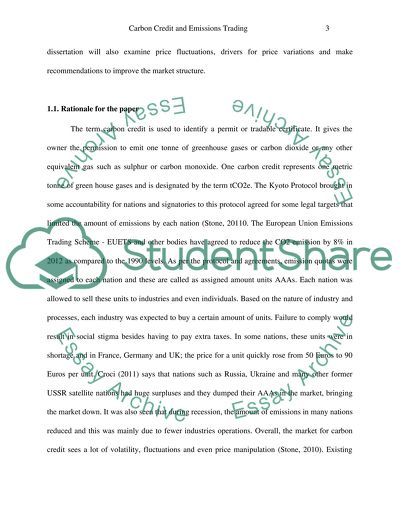Cite this document
(“Energy Risk Management Dissertation Example | Topics and Well Written Essays - 1500 words”, n.d.)
Retrieved from https://studentshare.org/other/1427508-energy-risk-management
Retrieved from https://studentshare.org/other/1427508-energy-risk-management
(Energy Risk Management Dissertation Example | Topics and Well Written Essays - 1500 Words)
https://studentshare.org/other/1427508-energy-risk-management.
https://studentshare.org/other/1427508-energy-risk-management.
“Energy Risk Management Dissertation Example | Topics and Well Written Essays - 1500 Words”, n.d. https://studentshare.org/other/1427508-energy-risk-management.


